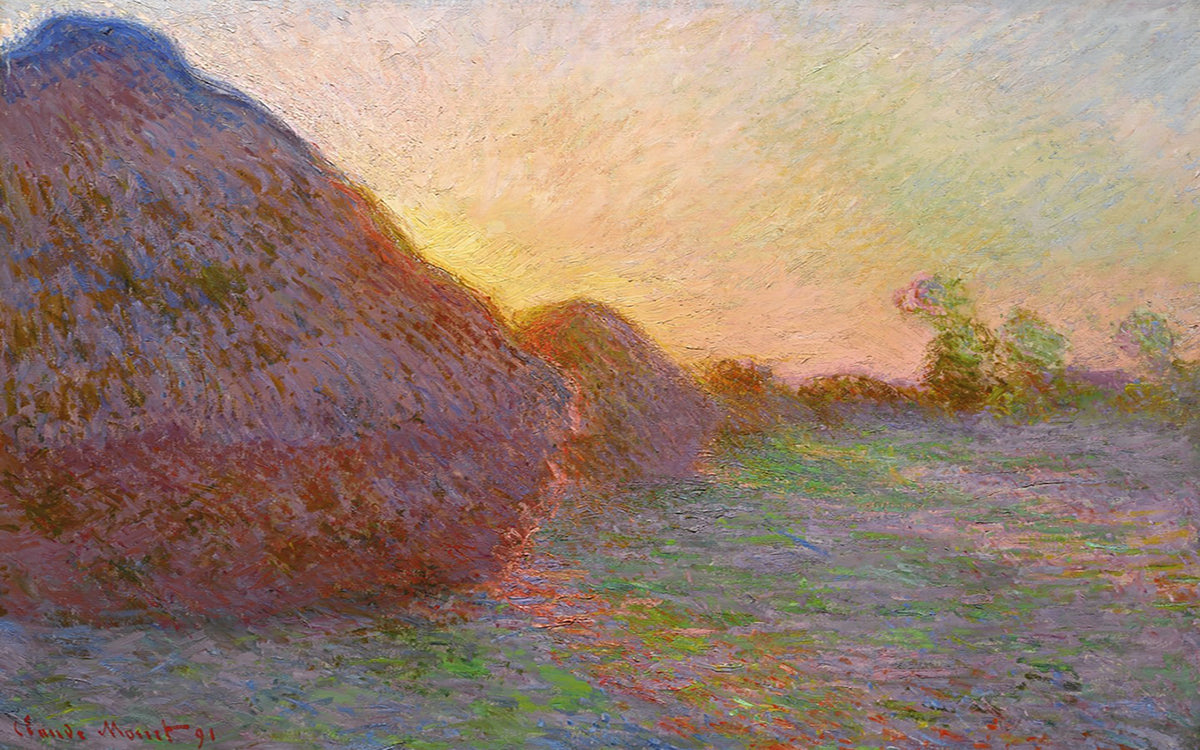Arius Talks Big Data & Artificial Intelligence at Deloitte’s 11th Art & Finance Conference
Earlier this month Arius CEO, Paul Lindahl, took to the stage at Deloitte’s 11th Art and Finance Conference, participating in a panel discussion about the role of Big Data and AI in the art world. As can be expected from a world-leading conference, Paul was amongst a stellar line up of panelists, including Henry Blundell, Master Art; Catherine D. Henry, Palpable Media; Zohar Elhanani, MututalArt; Oliver Zephir, Technoport SA; and Sophie Neuendorf, Artnet.
With a focus on how to improve analytics, financial decisions & experience in the art market, Paul and fellow panelists addressed some of the biggest challenges, and opportunities in this realm. Evidently, the landscape is changing at lightning speed and with the next Deloitte Art & Finance Report due to be published in 2019, we’re keenly anticipating its release.
Ahead of next year’s report, we thought we’d share our perspective on Big Data, what we’re most excited about, and where Arius has an important role to play.
What Exactly is Big Data and is it Already Here?
Research suggests the adoption of Big Data in the art world is still in its infancy, especially when we look at technical definitions of what “Big Data” means. In most basic terms, “Big Data” encompasses large volumes of data, collected at high velocity, in a variety of formats, often including unstructured and difficult-to-analyze data, like audio clips or social media posts.
Albeit early days compared to other industries, the art world is seeing some exciting Big Data players emerge. So far, developments are mostly in relation to recording transactions and predicting valuations, as well as making personalized recommendations for artwork based on user behaviour and trends.
What problems are the art world trying to solve exactly?
While these ideas sound like useful tools for more convenient art shopping, the core drivers for Big Data disruption run a little deeper than providing a seamless buying experience.
The Need for Transparency
Understandably, the power holders of the art market are typically those with hard-earned reputations, who can be trusted by the wealthiest of collectors, and have a great depth of knowledge, with insight and connections to private auction circles. With this comes an air of mystery and a great deal of secrecy.
With 53% of secondary market art sales being private [1], trust in transactions is being heavily placed on such reputations and word of mouth information within the art market. Therefore, art-world Big Data organizations are focusing on utilizing technology to improve transparency around transactions and value of a piece; i.e. what is being sold, when, for how much, and to whom?
Christie’s recently announced [2] that Artory’s blockchain registry will securely record all public information regarding the sale of each lot in the 2018 American Modernist Masterpieces auction. This data will include the title, description, final price, and date, producing a digital certificate of the transaction for Christie’s. Meanwhile, Codex has secured partnerships with around 5,000 auction houses that have joined their blockchain registry.
In an effort to develop standardized reports that strengthen provenance, which will inevitably help to determine current or future valuation, firms like Verisart, Fresco, Codex, and Artory are starting to gain traction with Blockchain based provenance technology.
However, there is a lot of internal skepticism as to whether improved transparency will have a positive impact [3]. While we may seek comfort in seeing similarly opaque markets, like real estate and wine collecting, being opened up with technology disruption, there is a stigma that data and technology necessitate and rationalize decision-making. Some fear this will remove the ‘element of surprise’ which is seen as essential for the art market, as this world thrives on its esoteric allure [4].
The flip side is that access to knowledge could empower more collectors than ever before and help grow the marketplace beyond the geographical constraints of few core art hubs in the world. We’re excited to see whether the attraction of a hungrier marketplace will help ease the transition towards transaction and valuation information becoming readily available.
Combating Art Fraud
Another challenge facing the art world is fraud, Interpol estimates that 6 billion dollars’ worth of fraudulent art is absorbed each year [5]. Understandably, with the risk of fraud being significant, collectors and financial lenders may continue to favour other investment assets, despite art earning a reputation for garnering unprecedented returns, in lucky circumstances.
While companies strive to improve transparency around art transactions, it’s proving difficult for Blockchain provenance companies to validate information or even tell if a transaction is actually based on the real object.
Naturally, Arius sees an opportunity here, to aid verified transaction information with securely captured art object data that accurately maps the colour and geometry of a painting. With the potential to digitally fingerprint paintings and assign unique art identifier numbers based on our scan data, which would be difficult to manipulate unlike photographs, we hope to help address one of the biggest challenges with digital provenance records and set new standards for condition reports.
Improving Condition Reports
Knowledge can also be harnessed from physical art object data, allowing not only prospective buyers but also current owners of art, to make the best possible long-term decisions about their collection. Arius’ rich data sets record a painting’s surface to reveal details that would otherwise be invisible to the human eye.
Working with conservators and restoration experts, collectors will be able to treat any early signs of degradation before the painting visibly changes, which is one of the biggest threats to the valuation of a piece, in addition to how gut-wrenching it would be to see your favourite Monet wither and fade before your eyes.
Another exciting prospect for the art market is the ability to not only detect degradation early but to predict signs of decay. As Arius collects data for more and more paintings, we’ll be helping to record the art equivalent of a ‘cultural seed bank’. Working with conservators and leading players in Big Data, we look to be able to predict the life cycle of a painting’s surface, potentially calculating variable degradation rates of different artists’ works depending on where and how it’s kept.
Adjusting to a Generation Shift
Last but not least is a shift in generational values and expectations. While we’ve already seen pressure from millennials shake up other industries, it’s only now that we’re starting to see millennials emerge as power players in the art collection, financing and valuation markets.
Countless research highlights a millennial thirst for being able to access vast amounts of information, quickly and conveniently. We also expect the demands of millennial collectors to influence a shift towards the wider global distribution of art sales and auctions.
In addition to prices, this generation cares enormously about the value of an item and what that means in a broader context, including the impact on the environment, society and even what their consumer choices mean from a political stance. To make such mindful and well-informed decisions, millennials expect information to be high-quality and transparent, buying from (and into) brands they can trust – which almost feels alien compared to the traditions, closed circuits and the mystery that’s associated with today’s art market.
Another interesting application of Big Data in the art world is taking place online, with brands like Artsy and Sotheby’s snapping up ArtAdvisor and Thread Genius, respectively. Both acquired art-tech startups specialize in recommendation engines, aspiring to become the ‘Netflix’ or ‘Spotify’ of the art world. By crunching a variety of data sets, these applications provide personalized recommendations of artists and even individual pieces that a user might be interested in.
To summarize, with our industry understanding and the latest insights from our panel discussion at Deloitte’s 11th Art & Finance Conference, it’s clear that Big Data is happening in the art world, and we can expect a lot more to come. While accessing credible, verified transaction data remains to be of the biggest barriers, the future for the art market is looking more transparent and much bigger, as technology helps soften geographical boundaries for art collectors.
With more access to rich data, like Arius art data sets, the art market will become more knowledgeable about the physical art piece, helping reduce fraud with digital fingerprinting, and even reducing costs associated with degradation risks, because signs of aging can be identified, and even predicted, sooner.
We’re excited about the future in art technology and look forward to receiving Deloitte’s 2019 Art and Finance report. Find out more information about the report and download the 2017 edition on Deloitte’s site.
Footnotes
[1] Public auctions account for 47% of transactions in the art market, the rest are made through the Over-the-counter market. Source: TEFAF Report 2015, Dr. Clare McAndrew
[2] https://www.theartnewspaper.com/news/major-ebsworth-collection-sale-at-christie-s-marks-the-first-blockchain-recorded-auction
[3] The Art World: Paradise for Big Data (By AXA)
[4] The Art World: Paradise for Big Data (By AXA)
[5]https://axa-art.cdn.axa-contento-118412.eu/axa-art%2F6f422f49-7650-41ee-b97b-4b8703c18e0c_survey_happening_english+.pdf
Leave a comment
Comments will be approved before showing up.




